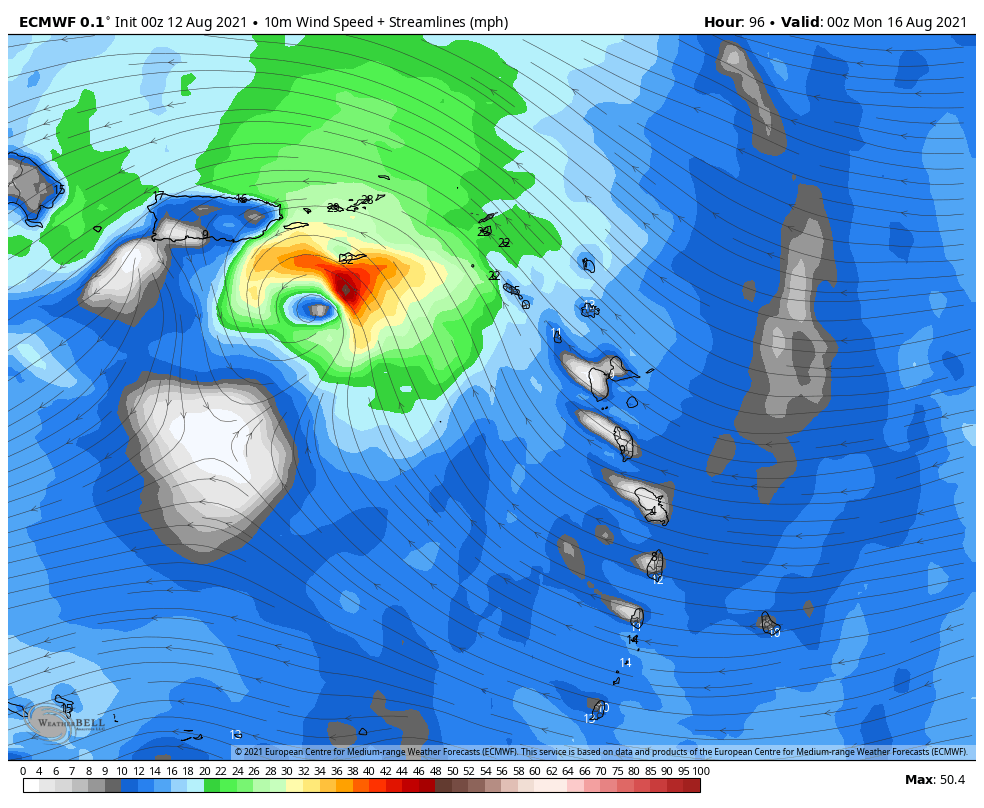Invest 95L es el próximo sistema de origen africano localizado ya casi a medio camino hacia las Antillas. La probabilidad de desarrollo llega a 70% (CNH). El único factor que inhibe su fortalecimiento son los fuertes vientos del este en altura, pero se espera que eso disminuya
1/
1/

Existe aire sahariano seco al norte de 95L pero los modelos muestran que el núcleo de aire húmedo debe permanecer más intacto que el de pre-Fred.
2/
2/

Hasta el momento, el modelo europeo le ha ido bien en interpretar lo que viene ocurriendo en vida real. Y ese modelo trae una tormenta tropical al sector de PR/RD entre domingo y lunes.
(imagen anterior via @TropicalTidbits y esta via @weatherbell)
3/
(imagen anterior via @TropicalTidbits y esta via @weatherbell)
3/

@TropicalTidbits @weatherbell Sin embargo, el GFS americano no comparte esa opinión, pasando una onda por nuestra área en vez de una tormenta. Pero hay varios modelos de intensidad que proyectan que entre 72 y 96 horas (domingo a lunes) habría una tormenta o huracán categoría 1.
(via @HurricaneModels)
4/
(via @HurricaneModels)
4/

@TropicalTidbits @weatherbell @HurricaneModels Varias trayectorias modeladas (dado que está empezando en 14°N de latitud) llevan a 95L al *norte* del Caribe (imagen via @weatherbell), posibilidad la cual no se puede descartar. Por el momento estaremos atentos a su comportamiento
¡7 semanas hasta el final de septiembre!
5/5
¡7 semanas hasta el final de septiembre!
5/5

• • •
Missing some Tweet in this thread? You can try to
force a refresh











